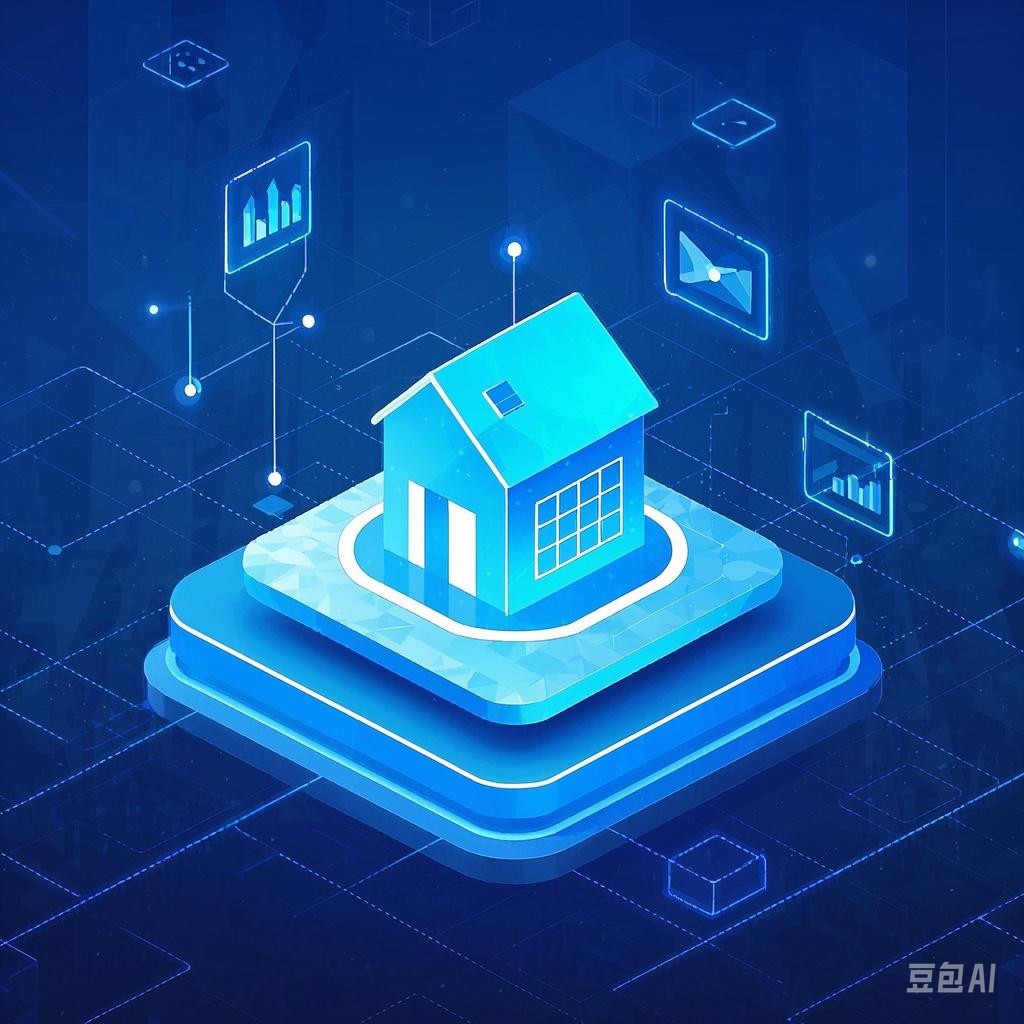Introduction
Augmented Reality (AR) glasses have emerged as a revolutionary technology, blending the digital world with the physical environment. These innovative devices overlay digital information onto the user’s view of the real world, enhancing their perception and interaction with their surroundings. This article delves into the workings, applications, and future of AR glasses.
How Augmented Reality Glasses Work
Components of AR Glasses
AR glasses are equipped with several key components that enable their functionality:
- Display: Typically, AR glasses use a micro-OLED or micro-LCD display to project images directly into the user’s eyes.
- Camera: An integrated camera captures the real-world environment, allowing the AR system to understand and interact with it.
- Processor: A powerful processor is needed to process the camera feed, overlay digital information, and manage the overall user experience.
- Sensors: Sensors such as accelerometers, gyroscopes, and GPS are used to track the user’s movements and orientation.
Technology Behind AR
The technology behind AR glasses involves several key concepts:
- Image Recognition: Advanced algorithms analyze the camera feed to identify and track objects in the real world.
- Spatial Mapping: AR glasses create a 3D map of the user’s surroundings, allowing for accurate placement of digital content.
- Haptic Feedback: Some AR glasses include haptic feedback, providing tactile sensations to enhance the immersive experience.
Applications of Augmented Reality Glasses
AR glasses have a wide range of applications across various industries:
Consumer Applications
- Gaming: AR glasses can provide an immersive gaming experience, overlaying virtual elements onto the real world.
- Entertainment: Users can enjoy movies, concerts, and sports events with an enhanced viewing experience.
- Education: AR glasses can be used for interactive learning, providing real-time information and visualizations.
Industrial Applications
- Manufacturing: Workers can receive real-time instructions and annotations while performing tasks, improving efficiency and accuracy.
- Maintenance: AR glasses can assist technicians in diagnosing and repairing equipment by overlaying maintenance information.
- Design: Architects and engineers can visualize 3D models in their actual environment, aiding in the design process.
Healthcare Applications
- Surgery: Surgeons can use AR glasses to view patient data and medical images during operations, improving precision.
- Training: Medical professionals can simulate surgical procedures and patient interactions, enhancing their skills.
- Telemedicine: Patients can receive remote consultations with healthcare providers through AR glasses, improving accessibility.
Challenges and Limitations
Despite their potential, AR glasses face several challenges:
- Battery Life: Current AR glasses have limited battery life, requiring frequent charging.
- Cost: The technology is still relatively expensive, making it inaccessible to many consumers.
- User Comfort: Extended use of AR glasses can cause discomfort, such as eye strain and headaches.
Future of Augmented Reality Glasses
The future of AR glasses looks promising, with several advancements on the horizon:
- Improved Battery Life: Future AR glasses will likely feature longer-lasting batteries, reducing the need for frequent charging.
- Cost Reduction: As technology matures, the cost of AR glasses is expected to decrease, making them more accessible to consumers.
- Enhanced Comfort: New materials and design innovations will make AR glasses more comfortable to wear for extended periods.
- Broader Applications: AR glasses will find applications in various industries, from retail to transportation, transforming how we interact with our world.
Conclusion
Augmented Reality glasses represent a groundbreaking technology that has the potential to revolutionize our lives. As the technology continues to evolve, we can expect to see a wide range of innovative applications that enhance our daily experiences and improve productivity across various industries.
